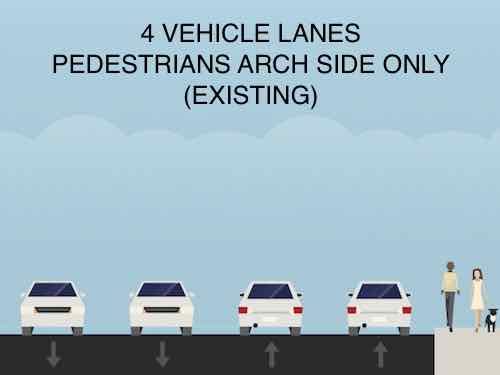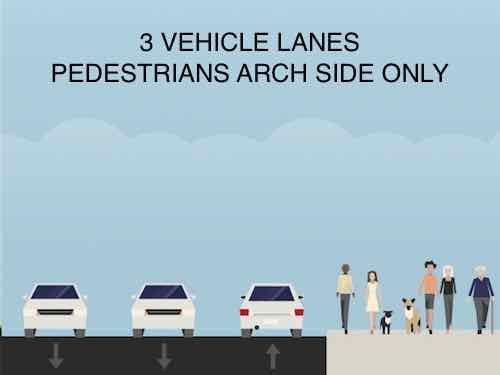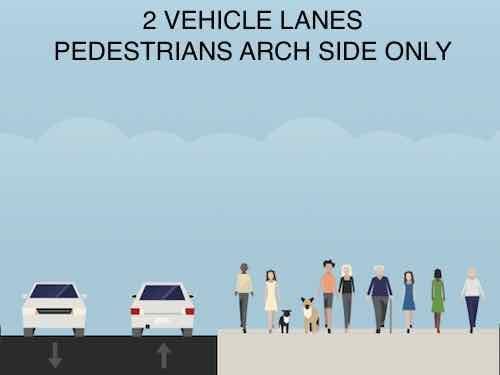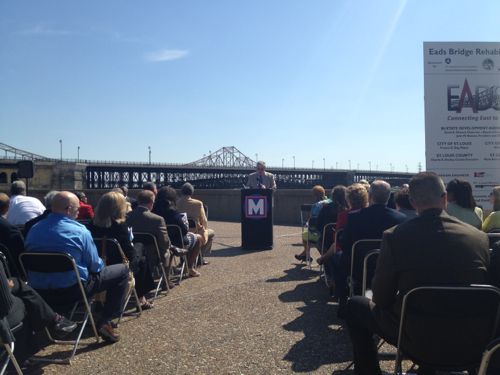Opinion: Democrats Need To Ditch The Corporate/Centrist Wing, Not The Electoral College
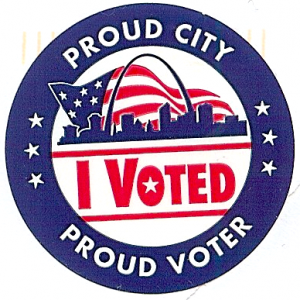 Once it became clear Sen. Bernie Sanders would not be able to overcome the inevitability of Hilary Clinton as the Democratic nominee, I knew I’d be unhappy with the election results. Like most, I fell for the punditry that said Clinton would win both the electoral college & popular vote. As you know, Trump won the electoral college, Clinton the popular vote. How is this possible? One state: California.
Once it became clear Sen. Bernie Sanders would not be able to overcome the inevitability of Hilary Clinton as the Democratic nominee, I knew I’d be unhappy with the election results. Like most, I fell for the punditry that said Clinton would win both the electoral college & popular vote. As you know, Trump won the electoral college, Clinton the popular vote. How is this possible? One state: California.
If you subtract California’s votes you’ll see that Trump won the popular vote in the rest of the country. Though it seems archaic, and it is, the electoral college was designed to prevent one state’s popular vote from overriding the rest of the country. It works.
This mismatch between the electoral and popular votes came about because Trump won several large states (such as Florida, Pennsylvania and Wisconsin) by very narrow margins, gaining all their electoral votes in the process, even as Clinton claimed other large states (such as California, Illinois and New York) by much wider margins.
In fact, the very nature of the way the U.S. picks its presidents tends to create a disconnect between the outcome in the Electoral College and the popular vote. The last time a popular-vote loser won the presidency in the Electoral College was, of course, in 2000, when George W. Bush edged out Al Gore 271-266 despite Gore winning some 537,000 more popular votes nationwide. The other electoral-popular vote mismatches came in 1876 and 1888; in all four instances the Democratic nominee ended up the loser. (In the 1824 election, which was contested between rival factions of the same party, Andrew Jackson won a plurality of the popular and electoral vote, but because he was short of an Electoral College majority the election was thrown to the House of Representatives, which chose runner-up John Quincy Adams.) (Pew)
After this loss, many of my fellow left-leaning Americans want to abolish the electoral college and go to a popular vote.
Former Attorney General Eric Holder called for an end to the electoral college voting system on Friday.
With Democratic presidential candidate Hillary Clinton winning the popular vote but losing the election, he said it was now time to change the way the U.S. elects its presidents.
“I’m in the process now of writing an article that says there’s a simple solution to it and we have to just abolish the electoral college,” Holder told “Real Time” host Bill Maher.
He acknowledged such a move would require a constitutional amendment, which Maher quipped would mean “some heavy lifting.” “But so all right, it involves heavy lifting, let’s lift heavy, let’s do it,” Holder replied. (Huffington Post)
Interesting, Holder is willing to do the heavy lifting to amend the constitution, but doing the heavy lifting to enact Sanders’ populist policies was deemed too difficult by the neoliberal establishment during the primary. Corporate-friendly old-guard conservative Democrats (looking at you McCaskill) are the problem, not the electoral college. They want to abolish the electoral college so the DNC doesn’t have to change at all, allowing California voters to give them a plurality every four years.
Sorry DNC, I’m not going to be your enabler…2012 was my last time. I do agree with Sanders we should examine the question of changes:
Q: Would it be good to change the Electoral College?
A: I think you ought to think about this. … I think we want to rethink that. (USA Today)
But looking at it doesn’t mean the answer is change, it might stay largely the same.
The recent non-scientific Sunday Poll had the largest ever response: 568! A good week is 32-35, so clearly the responses were more than regular readers. I let it continue because the results stayed consistent throughout the 12-hour voting period.
Q: Agree or disagree: We should ditch the Electoral College system in favor of a plurality vote
- Strongly agree 301 [52.99%]
- Agree 39 [6.87%]
- Somewhat agree 22 [3.87%]
- Neither agree or disagree 1 [0.18%]
- Somewhat disagree 5 [0.88%]
- Disagree 29 [5.11%]
- Strongly disagree 170 [29.93%]
- Unsure/no answer. 1 [0.18%]
Though I have zero evidence, my suspicion is most of the responses were based on partisan views and last week’s results. That’s not a valid reason to change the constitution. Besides, how would Democrats get a bill through congress to send to the GOP-controlled legislatures? Ridiculous. Now who’s being pragmatic?
The centrist neoliberal corporate-sponsored wing of the Democratic Party needs to go away — local, state, and national. This election may just be the thing to accomplish it. Maybe…
— Steve Patterson



